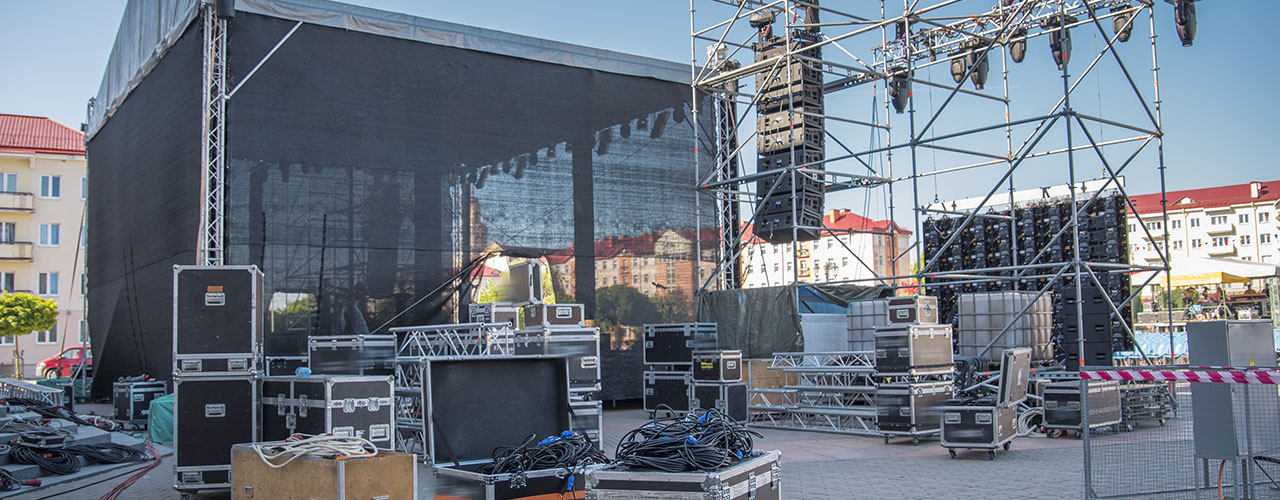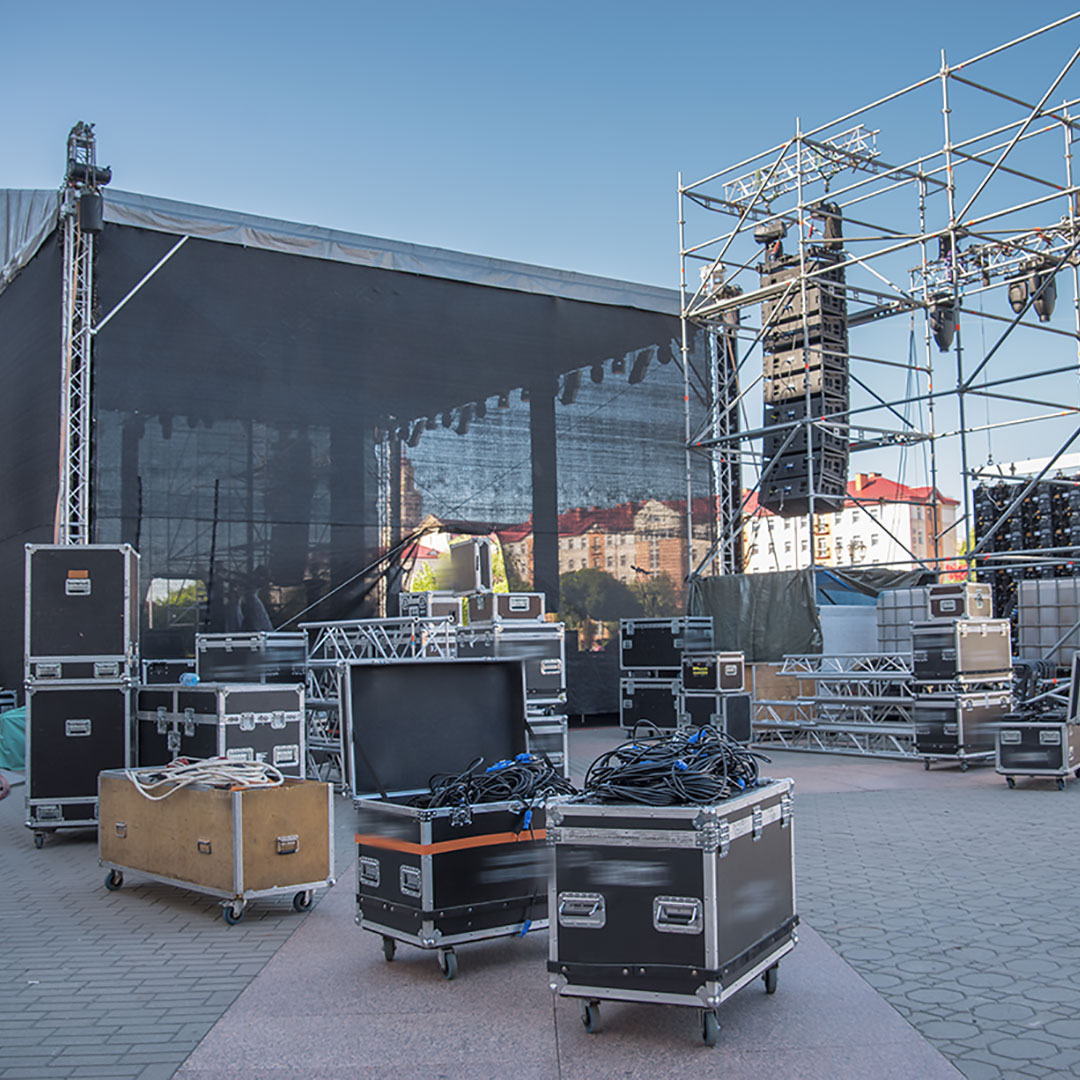
Technical rider: 6 items it should contain - with template
This is how the technical rider really helps, not only the mixer but also you.
A well-designed technical rider can make the difference between a mediocre concert night and a perfect performance.
The technical rider should contain:
Nils W., singer and guitarist of the band
The Hirsch Effekt
“Basically, there are two items on our technical rider: what we bring to a concert and what we need from the event organiser.”
1. What technical equipment do you need from the event organiser for the concert?
Florian B., drummer of the band
Long Way Home
“I like to imagine that we are packing our bags to play on the other side of the world. What must not be missing on any account? Everything you can think of should either be in your suitcase or definitely at the concert venue - either way, it should be on the technical rider. That way you determine what you absolutely need to deliver your performance. Try to plan out your show in your head: what do you need in terms of sockets and electricity, microphones, staff, backline? What are your requirements (subwoofers, power) for the PA system, do you need a drum riser? Do you have lighting requirements, do you need DI boxes? Do you have a banner, also called a backdrop?”
2. What equipment will you contribute to the evening's event?
The technical rider also states what you will bring to the concert for yourself and others. It is best to list all the technical equipment you are travelling with, such as microphones, stands, cables, speaker systems and so on. You can also tag which parts of your equipment will be available to other bands performing that night. Most drummers have no problem with sharing the toms and bass drum. Cymbals and tops are usually a different story.
Thus, the technical rider unmistakably states which parts of your backline you would make available to the other bands for the evening.
3. Basic information about you and your sound
At the latest when you are booked for a concert or festival, you will send the technical rider to the organiser on your own initiative. It contains ...
- ... your respective names with a photo and the job in the band.
- ... a way to contact you, either for one contact person in your band, or preferably for each of you. If the technical rider leaves questions unanswered despite our guide, the technician in charge can specifically call the right person in the band.
- ... your genre and details of where the mixer can find an audio sample or at least a comparable reference.
- ... information on whether you need a certain basic volume to perform.
- ... information on whether you bring your own music for set breaks, and if so, in what format
4. The stage layout plan
Here, the most important information is how many people are where on stage and what instruments do they play. You should also list all individual parts of the drum kit. Moreover, the stage layout plan shows where you want to have your monitors placed and what should be heard on these monitors.
5. The basis for the channel configuration plan or patch plan: how many and what channels do you need?
How many aux paths lead up to the stage? How many inputs come from the stage? Here you also note down any special features of the channels, for example if you want a reverb effect on the two background vocals or if, for some reason, you need a separate synthesizer channel for the keyboard player. Also specify if someone uses an in-ear system or wireless systems and if so, on which frequencies.
Nils W., singer and guitarist of the band
The Hirsch Effekt
“It is best to list minimum requirements and ideal requirements in the technical rider. If you make high demands on every concert venue, some FOH mixers might not be able to deal with it. Bands should reflect on what they are hoping to gain with this. It is rarely sensible to vilify a specific company or brand in the technical rider. And most of the time it also does not create a good work climate.”
6. Legal bases
From a certain professional level on, the technical rider should also state that it is part of the contract between the band and the event organiser. The guest performance contract in turn also mentions the band's technical rider as part of the contract. A breach of the technical rider is therefore a breach of contract. Thus, you have a legal basis for dealing with promoters who really do not mean well by you. Here are a few passages that you can include:
- “The technical rider is part of the guest performance contract and we rely on the agreements it contains.”
- “If on the day of the concert the minimum technical requirements are not available as described in the technical rider, we reserve the right to cancel the performance at short notice. The right to fee and travel costs as contracted remains unchanged.”
Jesse Garon, singer of the band
Sloppy Joes
“It is important to clearly state in the technical rider what you absolutely need. The requirements for the total PA output and the lighting system are often deliberately overlooked. With a clear technical rider in your hands, you can avoid unnecessary discussions on the day of the event: what is mentioned in the technical rider is provided, or it is not. The perfect technical rider is therefore short, easy to understand and, above all, clear in its wording and requirements. Do not write 'we would like to ...', instead put it like this: 'we absolutely need the following: ...' or 'If requirement xyz is not met, there will be no show.'”
Header image by © Aliaksei | Adobe Stock
